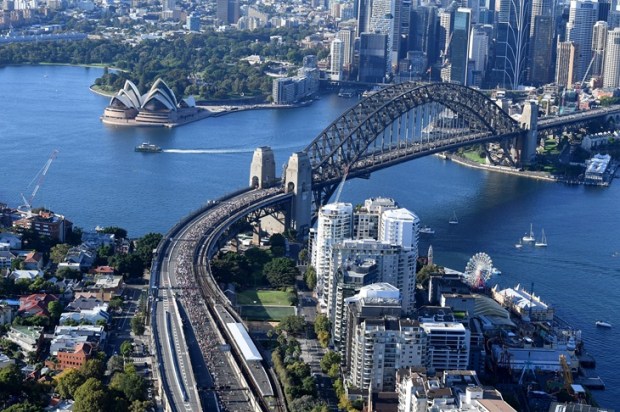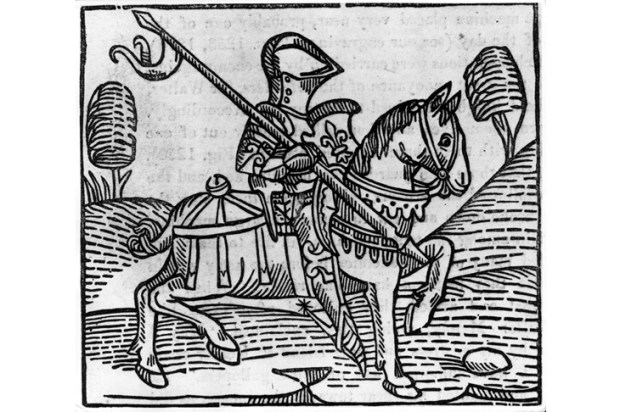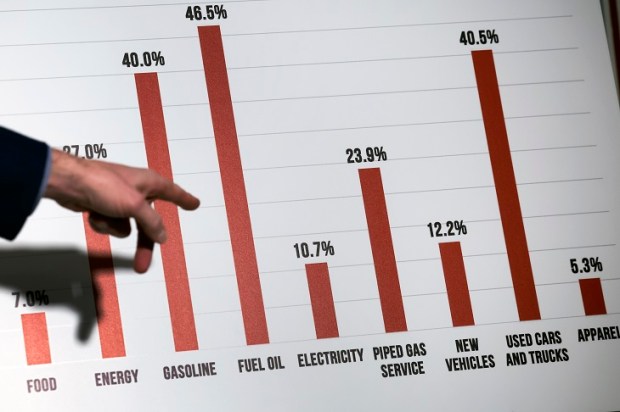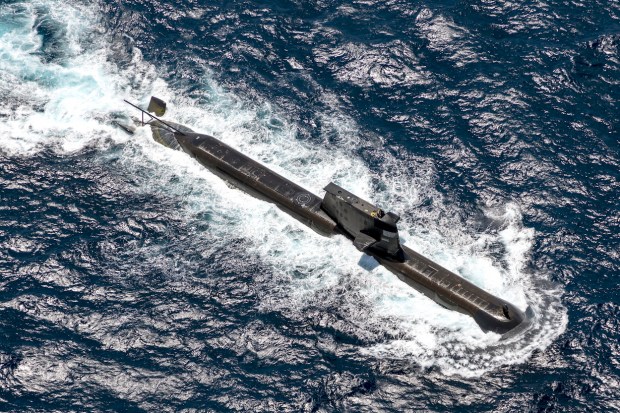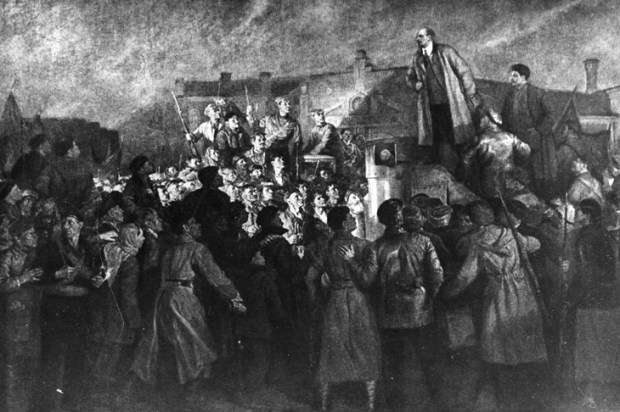The Sydney Harbour Bridge is rusting. The corrosion reveals how we are failing to preserve what has been handed down to us and failing to invest in future generations. The powers that be have an imbalanced incentivisation in any risk trade-off.
Maintaining something great is worthwhile, especially when doing so is less effort, and less costly, than replacing it. Iron rusts when exposed to oxygen and water, and salty water accelerates the process. If the bridge is not maintained, the outcome of neglecting it will be disastrous. My old engineering professor at the University of Wollongong once compared corrosion to cancer; when it gets a foothold, it runs rampant. A steel bridge can last forever if you stop it from rusting, but a rusting bridge will eventually crumble.
Maintaining a steel bridge over a hundred metres high requires a great deal of skill, and those doing it risk their lives in the process. Exposing oneself to risk is a sign of courage, and our society is increasingly lacking in this virtue.
I like to ask my nephew what he wants to be when he grows up. He used to say ‘a fireman’ he now says ‘an astronaut’. Both are telling answers. Firemen drive big red trucks and perform brave, selfless, and skilful acts in the face of danger. Astronauts fly spaceships and operate in a highly technical environment where a mistake can spell the end for you and your crew. There is a certain esteem reserved for experts in dangerous situations. With the passage of time, the expression of awe on the face of a five-year-old boy meeting a jet pilot or racing driver becomes a deeper admiration of the act of willingly and skilfully risking one’s life.
I used to test supercars at McLaren. The cars were made of carbon fibre, so rust wasn’t much of an issue, but the danger was. We needed to test the cars at speeds upwards of 300km/h. The energy of a car travelling that fast inspires awe. At that speed, the tyres balloon, and the total effort of the engine is focused on a narrow strip of rubber. From time to time the tyres would explode under the enormous stress. If the test driver was able to catch the slide, then the car would be saved. If he wasn’t, the wreck resembled a plane crash.
On one occasion, while aero-thermal testing late at night, an exhaust wrapping caught fire. The only way to stop the car burning was to jump back in and drive. In the absence of time to do a written risk assessment, a judgment call was made based on the need to cool down the sizzling exhaust. It was the right call, and a fully instrumented car was saved.
While working in China as an automotive engineering consultant, I saw the flip side of the coin. Welders would use a piece of cardboard with a slit cut in it as an eye mask. Trucks sped past old ladies as they swept the road. Untrained engineers crashed prototype test vehicles at high speeds. It was chaotic and dangerous, but boy they got things done.
There is something intensely rewarding about having the expertise to make good split-second decisions in the face of danger. Conversely, the bureaucratic decision-making process does not carry with it the same ‘calm under pressure’ thrill. In the supercar scenario, one man makes the decision, and he certainly has skin in the game, but bureaucratic decisions go through countless documents, committees, and other tedious procedures while the problem they’re meant to address remains ignored. You need a cast of thousands in Australia just to fill in a pothole. De-rusting the Sydney Harbour Bridge seems like an impossibility. I doubt this impressive monument would ever get built in contemporary Australia.
In order to get things done, you have to act, and if you act there is a risk that you will make a mistake. I’m no legal expert, but I understand that Australian OH&S laws are designed to make employers self-policing. The law doesn’t tell employers what they should do to prevent an accident but slaps them on the wrist if something goes wrong, unless they had a policy that was ignored, which makes it the employee’s fault. You can see how this approach quickly strangles the life out of productivity.
A similar scenario applies with politicians, who are afraid of making wrong decisions and end up deferring to ‘experts’ to make decisions for them. This tendency has become obvious with Covid, with governments going all-in on blunt ‘solutions’ like lockdowns and printing money while ignoring the long-term mental health and economic effects of these decisions. Locking people down to ‘stop the spread’ was deemed safer than considering the younger generation’s mental health and future prospects.
Self-monitoring laws and media-monitored politicians create asymptotic relationships. You become less productive the closer you get to being wrapped in cotton wool. If you keep wrapping someone in cotton wool there is a point at which they won’t be able to breathe.
The obsession with safety that goes with bureaucratic decision-making diminishes us in the long run. Just as Covid policies appeared to be about safety but caused tremendous harm, tolerating the rust on the Sydney Harbour Bridge is a short-term mindset that future generations will pay for. Covid showed that these safety-driven policies strangle life by trying to avoid death. Isn’t there more to life than avoiding death? Building the Harbour Bridge was dangerous. In fact, people died during the process, but it now stands as a monument to Australian achievement. The men who worked on it were investing in the society for future Australians. Do we still care about the generations who will come after us?
Like a statue of a great military leader, the Harbour Bridge is the legacy of all the people who contributed to building and maintaining it for the betterment of our lives as Australians. We need to incentivise skilful people taking the necessary risks to maintain it and who want it to form part of their legacy. Happy is the man who plants a tree in whose shade he will never sit.
Paul Batten is the founder of the LifeMapp.app and former senior vehicle dynamics engineer for McLaren Automotive.


